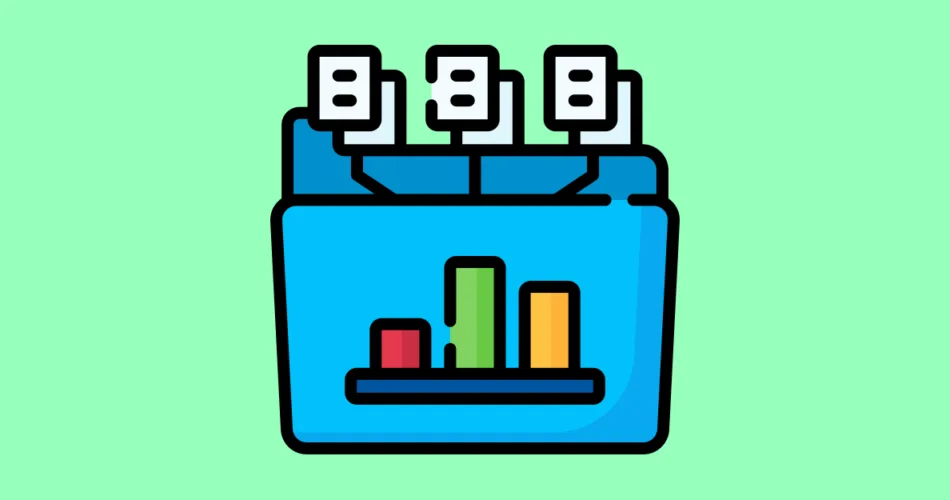Interfaces are a fundamental concept in Java programming, providing a blueprint for defining methods that implementing classes must adhere to. In this comprehensive guide, we delve into the world of interfaces and their applications in the context of Lists, Sets, and Maps, three essential collection types in the Java programming language.
Understanding Interfaces
Interfaces define a contract that classes must fulfill. They declare method signatures without providing implementations. This allows for a consistent interface that multiple classes can adopt.
Consider an example of an Animal interface:
public interface Animal {
void makeSound();
void eat();
}
Any class that implements the Animal interface must provide implementations for the makeSound() and eat() methods. This ensures a common interface for different types of animals.
Lists: An Introduction
Lists in Java represent ordered collections of elements. They allow duplicates and maintain the insertion order of elements. The List interface defines common methods for working with lists, such as adding, removing, and retrieving elements.
Here’s an example of using a List to store and manipulate a list of integers:
import java.util.ArrayList;
import java.util.List;
public class ListExample {
public static void main(String[] args) {
List numbers = new ArrayList<>();
numbers.add(10);
numbers.add(20);
numbers.add(30);
System.out.println("List: " + numbers);
}
}
This code snippet demonstrates the creation of a list using the ArrayList class, adding elements to the list, and printing the contents of the list.
Sets: Uniqueness and No Order
Sets represent collections of unique elements. They do not allow duplicate values and do not maintain a specific order of elements. The Set interface defines methods for adding, removing, and checking the existence of elements in a set.
Let’s explore a simple example of using a Set to store and manage a collection of strings:
import java.util.HashSet;
import java.util.Set;
public class SetExample {
public static void main(String[] args) {
Set fruits = new HashSet<>();
fruits.add("Apple");
fruits.add("Banana");
fruits.add("Orange");
System.out.println("Set: " + fruits);
}
}
In this code, we create a set using the HashSet class, add elements to the set, and display the contents of the set. Notice that duplicate values are automatically removed.
Maps: Key-Value Associations
Maps store key-value pairs, allowing efficient retrieval of values based on their associated keys. The Map interface defines methods for adding, retrieving, and removing key-value pairs.
Consider a basic example of using a Map to store and manage a simple dictionary:
import java.util.HashMap;
import java.util.Map;
public class MapExample {
public static void main(String[] args) {
Map dictionary = new HashMap<>();
dictionary.put("Apple", "A fruit that grows on trees.");
dictionary.put("Car", "A vehicle used for transportation.");
dictionary.put("Sun", "The star that provides light to the Earth.");
System.out.println("Dictionary: " + dictionary);
}
}
This code snippet demonstrates the creation of a map using the HashMap class, adding key-value pairs to the map, and displaying the contents of the map.
Benefits of Interfaces and Collections
Utilizing interfaces and collection types offers several advantages:
- Code Reusability: Interfaces provide a standardized contract, allowing different classes to share common behaviors and methods.
- Flexibility and Modularity: Collections like lists, sets, and maps provide versatile data structures that enhance the organization and manipulation of data.
- Efficiency: Collections are optimized for specific use cases, offering efficient operations for data storage and retrieval.
By incorporating interfaces and collection types into your Java projects, you can achieve cleaner, more organized, and highly functional code.
Conclusion
Interfaces and collections, including lists, sets, and maps, are indispensable tools for every Java programmer. Interfaces define contracts, enabling consistent behaviors across different classes. Collections provide efficient ways to manage and manipulate data, catering to various programming needs. Embrace the power of interfaces and collections to elevate your Java programming skills and create more efficient and organized applications.
Thank you for embarking on this enlightening journey into the realms of interfaces and collections in the Java programming language!
Subscribe to our email newsletter to get the latest posts delivered right to your email.


Comments